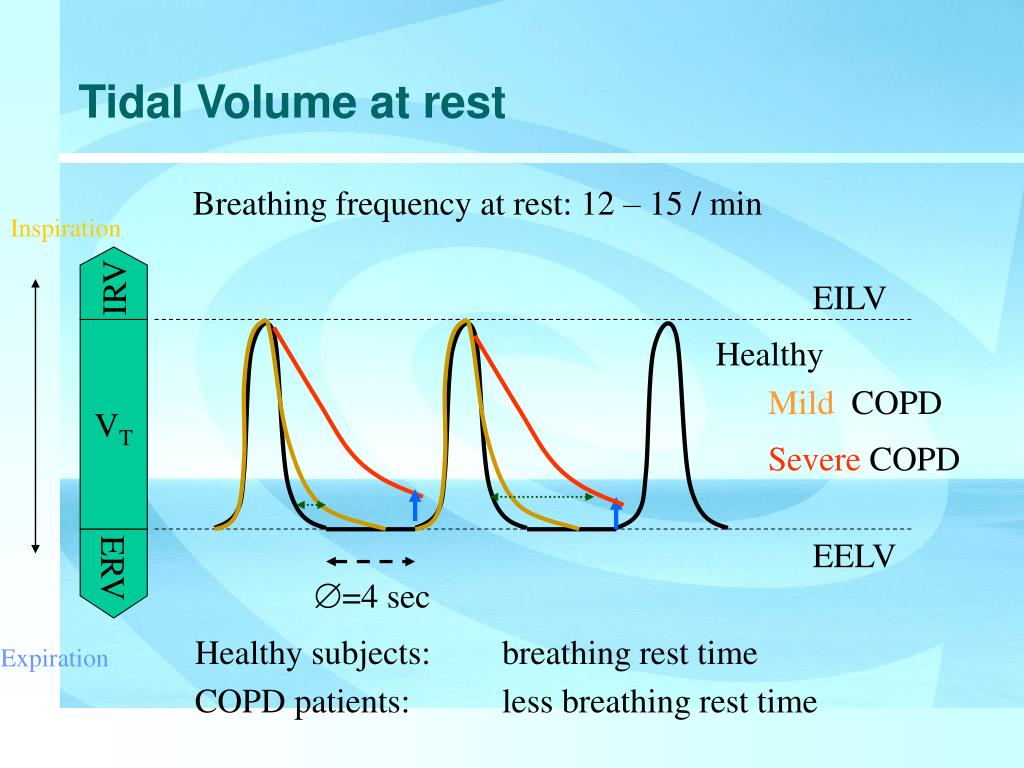
Any confounding variables with an absolute standardized difference greater than 0.1 would be adjusted for in all analyses. Observations in all primary and secondary analyses were weighted by the inverse of the relevant propensity score. After weighting each patient by the inverse of the corresponding propensity score, the success of the confounding control was assessed by pairwise comparison on potentially confounding baseline characteristics using the absolute standardized difference, defined as the absolute difference in means or proportions divided by the pooled SD. We then estimated propensity scores, which are the probability of receiving treatment, for each patient from the model. We first fitted a multinomial logistic regression model with four group settings as the outcome variable, and all observed confounding variables in table 1 as the independent variables without interactions. Missing values for confounding variables were imputed using the chained equation, and the single imputation dataset was used in all analysis. We therefore controlled for observed potential confounding variables ( table 1) using the inverse probability treatment weighting method for multiple groups. 17 Secondary OutcomesĮxposures were controlled but not randomly assigned. Furthermore, the Sp o 2/F io 2 ratio correlates well with the Pa o 2/F io 2 ratio and predicts respiratory failure in critical care patients, 14 pediatric patients, 15, 16 and emergency department patients. 14 found that Sp o 2/F io 2 ratio correlates well with a simultaneously obtained Pa o 2/F io 2 ratio in patients with acute lung injury and acute respiratory distress syndrome. We thus substituted arterial oxygen saturation/F io 2, which provides good sensitivity and specificity for diagnosing lung injury. 13 Few patients having orthopedic surgery require arterial cannulation. 11, 12 For example, a Pa o 2/F io 2 ratio 300 mmHg or less characterizes acute lung injury, and a ratio 200 or less is consistent with acute respiratory distress syndrome. Diagnosis of acute lung injury has traditionally been based on clinical findings and the Pa o 2/F io 2 ratio. We first calculated the Sp o 2/F io 2 ratio at each measurement time point during the initial postoperative hour, and then averaged all Sp o 2/F io 2 ratios weighted by measurement interval. The primary outcome was the time-weighted average Sp o 2/F io 2 ratio during the initial postoperative hour.

Specifically, the oxygen saturation status scores 2 if the patient has an oxygen saturation more than 92% on room air or on supplemental oxygen with IV patient-controlled analgesia (PCA) 1 if saturation is greater than 92% on supplemental oxygen not involving IV PCA and 0 if saturation less than 92% on supplemental oxygen‚ but in this case‚ if there is not a treatable cause, the patient is transfered to intensive care unit. The maximum score is 20, and patients need to score 18 or more to be discharged from the PACU. It includes 10 items scored from 0 to 2 about the level of consciousness, physical activity, blood pressure, heart rate, respirations, oxygen saturation status, pain, postoperative nauseas and vomits, temperature, and bleeding. We use the phase 1 discharge scoring tool to assess patients for postanesthesia care unit (PACU) discharge. 10 During the postoperative period, supplemental oxygen was increased as necessary to maintain oxygen saturation 92% or greater. Typically, the recruitment maneuver consisted of maintaining an airway pressure of 40 to 45 cm H 2O for 40 s. Clinicians were asked to perform a recruitment maneuver after induction of anesthesia at a F io 2 of 50% and shortly before extubation.

The respiratory rate was adjusted to maintain an end-tidal carbon dioxide partial pressure 35 to 45 mmHg, with a default inspired to expired ratio of 1:2.

Inspired oxygen concentration was normally 50% during surgery, but the concentration was increased as necessary to maintain oxygen saturation 95% or greater as determined by pulse oximetry.


 0 kommentar(er)
0 kommentar(er)
